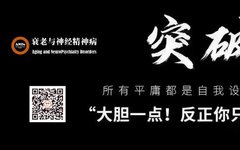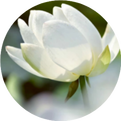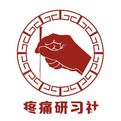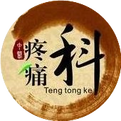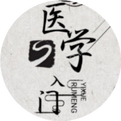Summary of Key Points for Inquiring About Common Neurological Symptoms
How to Efficiently Collect Medical History? Collecting medical history is an essential clinical skill for neurologists and a crucial step in disease diagnosis. A true, accurate, and comprehensive medical history is not only an important basis for diagnosing neurological diseases but also provides significant clues for the subsequent physical examination and selection of relevant auxiliary … Read more

